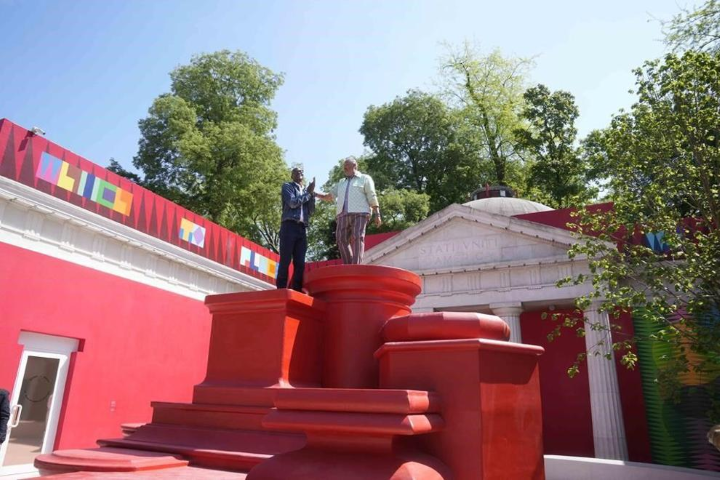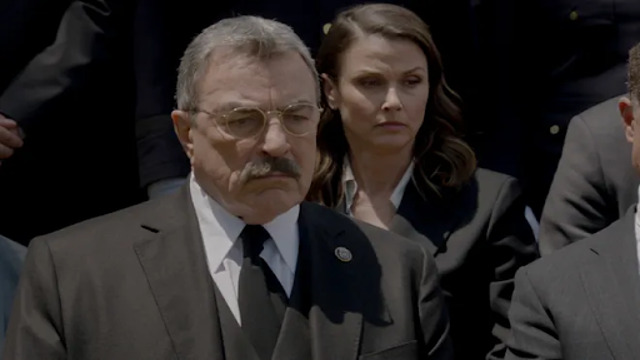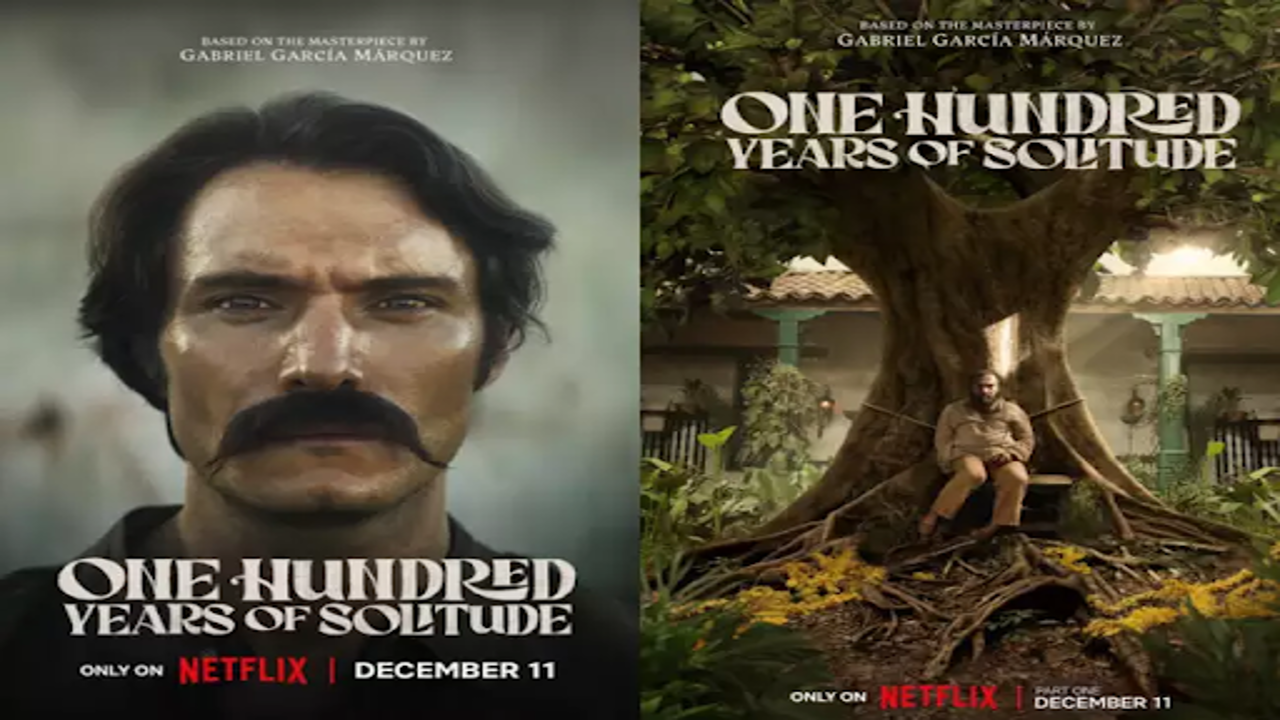
Artist Jeffrey Gibson, right, poses with artist Mark Bradford at the U.S. pavilion during the media open day at the 60th Biennale of Arts in Venice, Italy, Tuesday, April 16, 2024. A Mississippi Choctaw of Cherokee descent, Gibson is the first Native American to represent the United States solo at the Venice Biennale, the world’s oldest contemporary art show. Gibson mixes Western modernism and Native American craft in his vibrantly hued paintings and sculptures.
In Venice, Jeffrey Gibson's presence at the U.S. pavilion for this year's Venice Biennale is a celebration of artistry, culture, and heritage. As the first solo Native American representative at this renowned event, Gibson's display showcases a vibrant fusion of color, pattern, and craftsmanship, drawing immediate attention to the pavilion's striking red facade adorned with geometric designs and oversized podiums.
Hailing from Mississippi with Cherokee ancestry, Gibson's participation carries significant historical weight, considering the absence of Native American artists from the Biennale since 1932. Despite acknowledging the honor bestowed upon him, Gibson emphasizes the importance of his involvement in promoting inclusivity and paving the way for future Indigenous representation.
This milestone coincides with a pivotal moment in Gibson's career, with his debut exhibition in Europe and upcoming projects, including a commission for the Metropolitan Museum of Art and an exhibition at the Massachusetts Museum of Contemporary Art. His current showcase, titled "the space in which to place me," incorporates text from U.S. founding documents, music, sermons, and proverbs into beadwork sculptures and paintings, serving as poignant reminders of America's unfulfilled promises of equality throughout history. Through his vibrant use of color, Gibson's art serves as a beacon of hope and a catalyst for action.
Abigail Winograd, one of the exhibition's curators, praises Gibson's ability to encapsulate the complexities of identity and politics in his work, transforming past traumas into joyous and critical expressions. As visitors navigate the pavilion, they encounter sculptures adorned with dates of legislation promising equity and paintings featuring quotes from historical figures, such as George Washington, seamlessly integrated into colorful patterns.
Gibson's intention is to highlight that the struggle for equity and justice is not a new phenomenon but rather a recurring theme in American history. His art serves as a visual narrative of this ongoing struggle, urging viewers to reflect on the past while contemplating the present and future.
Craftsmanship lies at the heart of Gibson's creations, representing a form of healing and resilience in the face of historical injustices. His intricate beadwork sculptures pay homage to Native American artisans of the past while embracing contemporary techniques and global influences. By incorporating elements from diverse cultures and traditions, Gibson's art transcends boundaries and fosters a sense of unity and understanding.
As Gibson continues to break barriers and challenge conventions, his presence at the Venice Biennale symbolizes a significant step towards greater representation and recognition for Indigenous artists on the global stage. Through his art, Gibson invites audiences to embark on a journey of exploration and reflection, encouraging dialogue and solidarity across cultures and generations.















